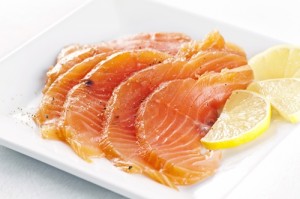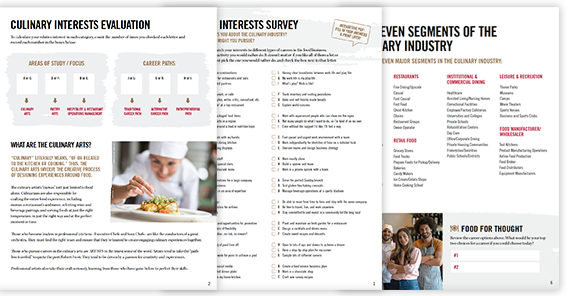Reeling In The Taste: The Basics Of Cooking Seafood

October may have been National Seafood month, but that doesn’t stop the American people form enjoying fresh fish, shrimp, crab and other aquatic delights the whole year round. In fact, according to the latest data from the National Oceanic and Atmospheric Administration, Americans ate 4.8 billion pounds of seafood in 2009. That’s 15.8 pounds per person!
Just as there are fish in the sea, so too are there a number of things to remember about properly preparing fish (this doesn’t quite make sense to me but if you love it leave it). But before you try tackling how to properly slice poisonous blowfish, focus instead on these basic techniques when you’re in the mood for seafood.
A fishy taste?
Before you hit the supermarket, it’s important to know what each fish tastes like. Here is what to expect from just a few popular varieties (via Thrillist):
- Shrimp: Saltwater shrimp have a distinctly sweet flavor.
- Salmon: As a result of eating so many smaller fish, salmon have a rich, fatty flavor.
- Oysters: Because they store so much starch, oysters have a mix of sweet and slightly grain-like flavors.
- Catfish: Though they’re seen as bottom dwellers, eating mud and other unsavory food items, catfish can actually taste sweet.
No matter what you’re cooking, be aware that the average serving of fish is just 6 ounces, according to The Fresh Market.
A cut above
The first step in preparing fish is cutting the actual fillet. While you can always buy pre-cut fish, Cooking Light suggested fileting your own fish because you’ll save money and enjoy better quality meat. To begin the fileting process, you’ll need to remove the head, which means inserting the blade under the pectoral fin and slicing diagonally. Once the head’s been removed, you can then easily slice the tail section off.
Now the fish is ready to be fileted. Place your knife where the head previously was and slice across the backbone to the tail section; then, repeat this cut on the other side of the fish. Once you have two halves, separate them by sawing around the rib cage. To finish the fileting process, you’ll need to skin the fish. Place the filet skin side down on your cutting board. Then, slip your knife into the tail end where the skin touches the meat and slide the knife diagonally, pulling the skin off as it separates.
Get cooking
Perhaps one of the reasons so many people flock to fish is the sheer diversity of cooking options for these sea-faring creatures. While most of these methods are mostly similar with one another, there are key differences in terms of time and skill. The most common cooking methods include:
- Broiling: As a rule, broiling is intended for smaller cuts of fish. It’s worth noting that fish should be placed with the skin down for proper browning.
- Grilling: Most often, people turn to grilling for heavier cuts of fish, like salmon and swordfish. No matter the size of your filet, it’s always best to start with low heat to better control the cooking process.
- Sauteing: Generally, sauteing is best for rookie fish chefs, as it’s essentially just cooking with a skillet. However, fish don’t brown like other kinds of meat, so always pay attention.
- Poaching: Referring to cooking with liquid, poaching usually takes just a few minutes to cook most fish. As opposed to water, you can use some kind of stock or your favorite red wine for added flavor.
Certain fish can be bland tasting compared to other meats, which is why almost every technique calls for plenty of spices, herbs, and salt and pepper.






Recent Comments